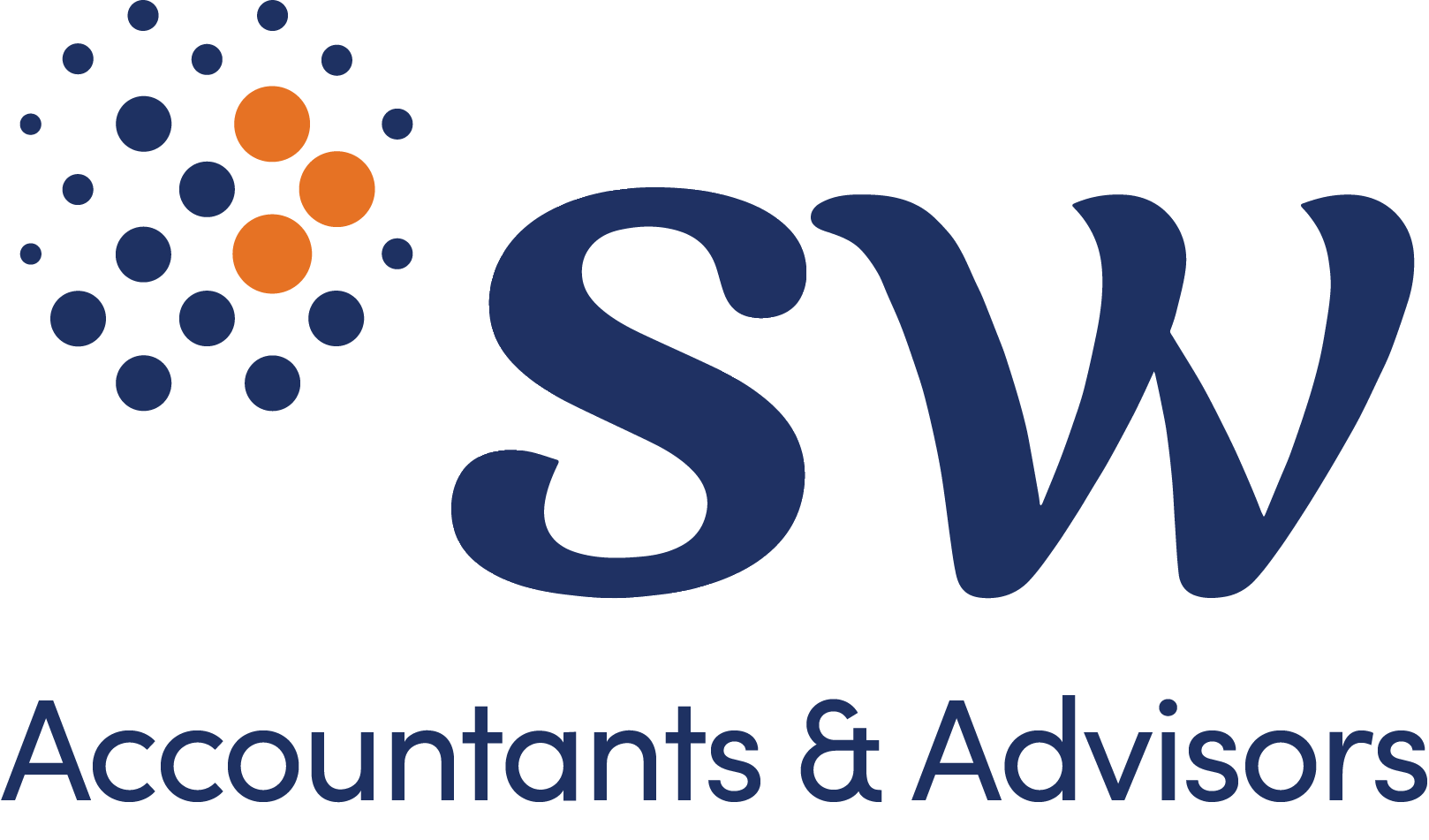
Australia’s Patent Box Incentive – What are we expecting?
22/03/2022
As we await the passing of the eagerly anticipated Patent Box legislation, SW looks at the current details for eligible medical or biotechnology patents, who can benefit from the regime, and how it is expected to encourage innovative R&D investment in Australia.
It has become increasingly important for Australia to attract for R&D investment on the global stage. Over 20 jurisdictions, including Singapore, the UK and numerous European countries already have incentives that offer concessional tax treatments to IP-derived profits.
The Patent-Box regime was first announced in the 2021-2022 Budget, as part of the Federal Government’s efforts to incentivise R&D and commercialisation of innovations in the medical and biotechnology sectors, as well retaining associated patent profits in Australia.
Following a public consultation in 2021, legislation has now been introduced into the House of Representatives.
What is the Patent Box regime?
As part of the new legislation, income directly attributable to eligible patents will benefit from a reduced concessional tax rate of 17%.
This only applies to patents granted after 11 May 2021 and for income years starting on or after 1 July 2022, to the extent the underlying R&D has been undertaken in Australia. The decision to include patents applied for before the Patent Box Federal Budget announcement is one of the positive changes resulting from consultation and caters for the significant R&D generally still required to be performed after the lodgement of the patent application.
Who will be eligible?
Businesses in the medical and biotechnology sector who hold patentee rights over an eligible medical or biotechnology patent linked to a therapeutic good included on the Australian Register of Therapeutic Goods (ARTG) are able to benefit from the new Patent Box initiative.
In order to qualify, a business is required:
- to be an Australian resident or have a permanent establishment in Australia, and
- the patent must be either an Australian standard patent, a United States Utility Patent or a European Patent.
This is a positive expansion on the original plan of only allowing Australian standard patents. In around 97% of cases, Australian businesses would file in at least one of these three jurisdictions. The coverage provided by this change would therefore reduce the additional compliance burden when accessing the Patent Box regime.
What types of income can be included?
The concessional tax treatment for eligible patent is broadly available to income from:
- the sale of a therapeutic good linked to the patent, royalties or license fees related to the patent
- a balancing adjustment event in relation to the patent, and
- compensation for patent infringements.
For certain types of expenditure, income arising prior to being granted a patent right or earlier sale may also be included.
How would the eligible income be calculated?
In order to comply with OECD standards, the patent box must follow a nexus approach. The available benefit is decreased, where the R&D is outsourced to a related party overseas, or an acquisition of IP developed by another party.
This is achieved by the introduction of a formula for calculating an “R&D fraction”, which determines how much of the income linked to the patent is eligible for the 17% effective tax rate.
The nexus approach aims to ensure the benefit provided is proportional to the R&D that the company has undertaken in Australia, leveraging the legislative framework of the R&D Tax Incentive as a basis for determining qualifying R&D expenditure.
The intent of using existing R&D concepts and definitions is to reduce compliance costs and utilise records already required to be maintained for demonstrating eligible R&D activities and expenditure.
What is the timing of the Patent Box regime?
To access the Patent Box regime, a company must elect for the Patent Box regime to apply. This is an irrevocable decision that would apply to all the company’s eligible medical and biotechnology patents on a prospective basis.
The timing for this election is crucial, as it is generally not possible to make a retrospective Patent Box election. Also be aware that once a patent is revoked or ceased, a company will no longer be able to access the Patent Box regime.
Positive outcome for innovation
R&D activity contributes to high-skilled, high-value jobs and provides significant rewards, spillovers and flow-on effects across businesses, sectors and the economy. Whilst Australia provides the R&D Tax Incentive to encourage R&D being undertaken locally, more than 20 other countries now provide a Patent Box regime. It is hoped that with Australia following suit, there will be an increase in local R&D investments and a reduction in the offshoring of IP.
The Australian Patent Box is an important measure to drive and reward investments in medical and biotechnology innovation in Australia. As a result, businesses will be hoping that Parliament passes the Bill this month, or at least prioritises its re-introduction after the Federal election in May.
What action should I take?
Now is the right time to start getting familiar with these measures given the Patent Box regime includes a number of income rules related to the proportion of income attributable to a patent, as well as mechanisms to provide preferential tax treatment only to the extent of the taxpayer’s Australian R&D activities, You should consider how your activities are structured to ensure eligibility and maximise your optimum benefit.
How can SW help?
With legislation now before Parliament, the ATO is in the process of developing more detailed guidance ahead of the first intended financial year of operation. SW will be releasing additional information once available.
SW has a specialist R&D Tax and Government Incentives team with a proven track-record in developing suitable governance and record keeping processes, similar to the ones required when applying the Patent Box. If you would like any further information, please contact a member of the SW tax or R&D Tax and Government Incentives team.

